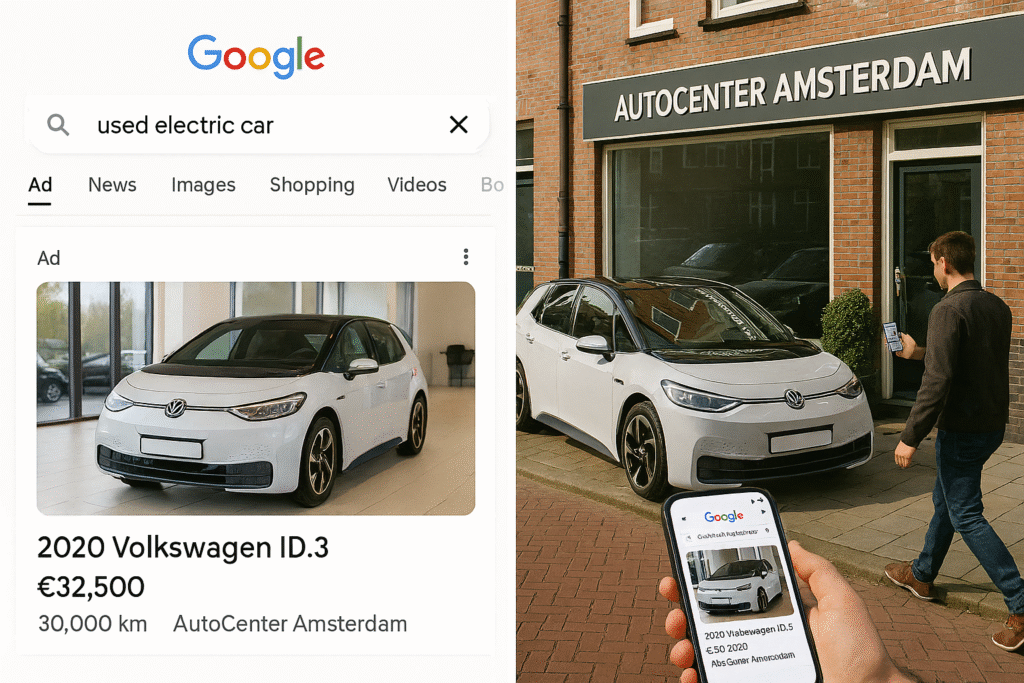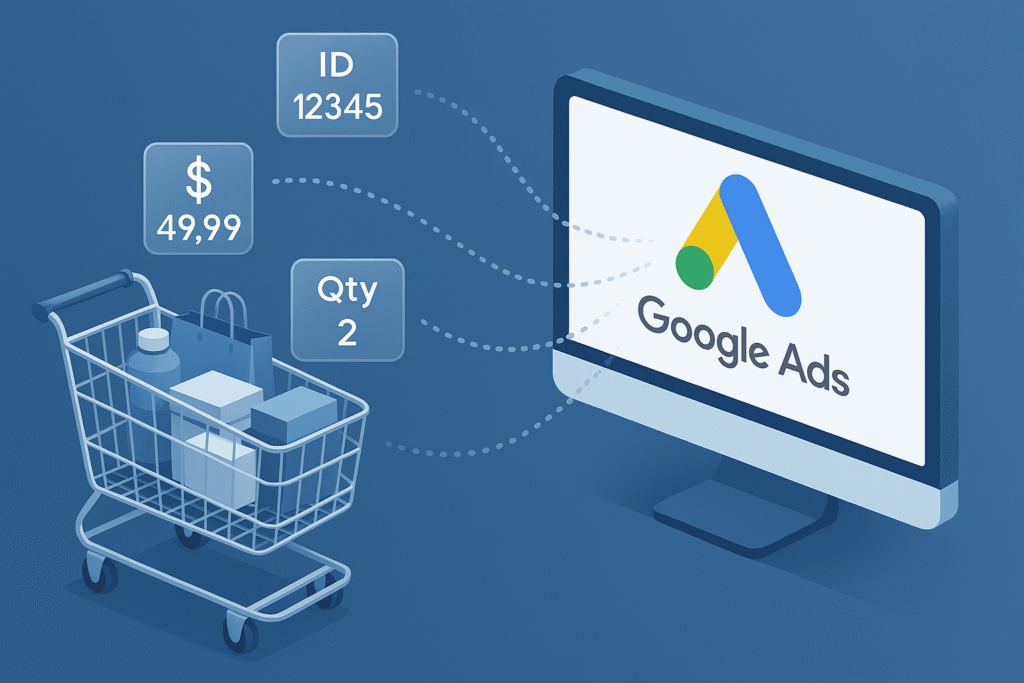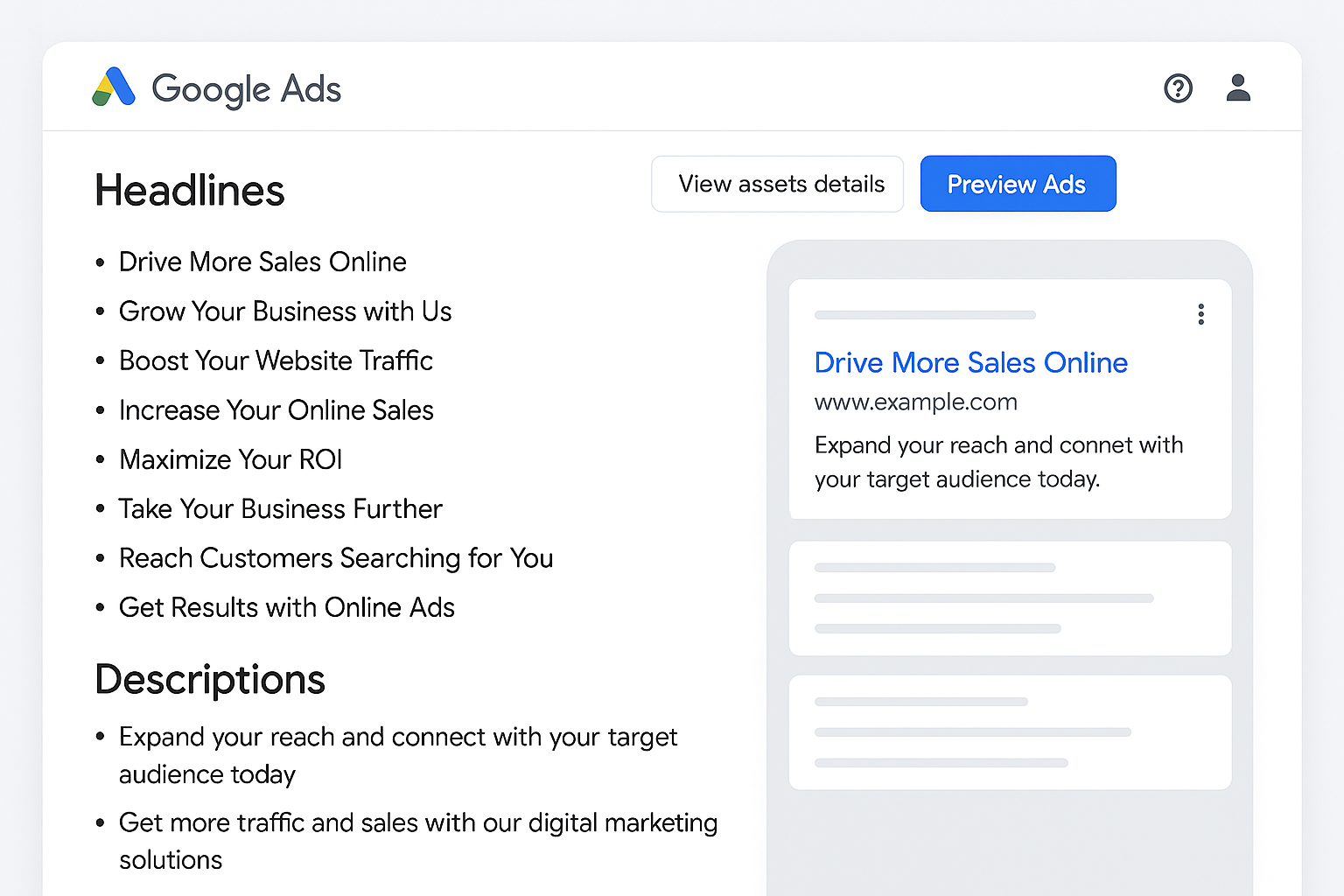In a significant step for the automotive advertising sector, Google has Vehicle Ads Now Open to All Advertisers in France and the Netherlands starting this month. This expansion brings the innovative ad format to more dealerships, auto retailers, and vehicle marketplaces, enabling them to showcase their complete inventory directly to potential buyers in a highly visual and performance-driven way.
As someone who’s been closely following Google’s advertising developments over the years, I can say this feels like a game-changer for auto businesses in these two markets. For dealerships, the opportunity to get more eyes on their listings without buyers having to sift through endless search results could mean faster sales cycles and better qualified leads. Discover the latest changes in YouTube AI age check and how they affect your viewing experience.
Vehicle Ads Now Open to All Advertisers: A Closer Look at Vehicle Ads
Vehicle Ads are designed as a lower-funnel, performance-focused format, meaning they are targeted at users who are already close to making a purchase decision. Unlike traditional text or image ads, these listings are rich with details that buyers care about most, images, make, model, price, kilometers driven, and dealer name, all visible before the user even clicks.
When a shopper taps or clicks on a Vehicle Ad, they’re taken directly to the Vehicle Description Page (VDP) on the advertiser’s website. From there, the journey is straightforward:
- View high-quality images of the car
- Check the exact specifications
- Review the price and mileage
- See the dealer’s name and location
- Contact the dealer directly, submit a lead form, or even book an appointment before showing up in person
From a buyer’s perspective, this removes a lot of the friction in the car-shopping process. From a seller’s perspective, it filters out low-intent clicks and ensures the leads they get are warmer and more likely to convert. Learn how Google AI mode is reshaping search and productivity tools.
Who Can Use Them, and Who Can’t
It’s worth noting that Vehicle Ads aren’t open to everyone selling something related to cars. Google has made it clear that these ads are strictly for complete vehicles, not parts, accessories, tires, or repair services. That means if you’re selling spare wheels, a set of tires, or aftermarket parts, you’ll need to stick with traditional ad formats.
This restriction makes sense when you consider the user experience Google is aiming for. The format is optimized for a full car listing, not smaller products. For buyers, it avoids the frustration of clicking on what looks like a vehicle ad, only to land on a page selling a steering wheel cover.
How Advertisers Can Participate
The process to start running Vehicle Ads in France and the Netherlands is fairly straightforward, but it does require setting up the right infrastructure:

- Upload Vehicle Feeds to Google Merchant Center: Advertisers must prepare and submit a structured feed containing details about each vehicle in their inventory. This feed includes required attributes like:
- Make & model
- Price
- Mileage (kilometers driven)
- Vehicle condition (new or used)
- Images
- Dealer name and location
- Run Performance Max Campaigns: Once the feed is uploaded and approved, advertisers can set up Performance Max campaigns. These campaigns allow Google to distribute the ads across all relevant surfaces, Search, YouTube, Display, and even Gmail, ensuring maximum exposure.
- Maintain Updated Inventory: Keeping the feed accurate and up to date is critical. Out-of-stock listings or incorrect prices can lead to wasted clicks and, worse, a poor customer experience.
Why This Matters for France and the Netherlands
While Vehicle Ads have been available in other regions for some time, opening them up to France and the Netherlands is a big win for auto businesses in these countries. Both markets have strong automotive sectors, with a mix of domestic brands, imported vehicles, and vibrant used-car markets.
In France, where buyers often start their search online before stepping into a dealership, Vehicle Ads could help smaller dealers compete with bigger players by getting visibility on Google’s front page.
In the Netherlands, where the used car market is thriving and buyers are often detail-oriented about mileage and condition, these ads could lead to faster, more informed purchase decisions. Stay informed on TikTok’s new safety tools designed to protect users in 2025.
Personal Take, Why This Is a Smart Move
From my perspective, Google is positioning Vehicle Ads as the natural evolution of automotive advertising. In the past, dealers had to rely on classifieds, third-party platforms, or broad search campaigns that often captured low-quality clicks. Now, they can reach buyers exactly when they’re searching for “2022 BMW 3 Series under 50,000 km” or “used electric cars in Amsterdam.”
It also signals that Google sees value in vertical-specific ad formats, something we might see more of in other industries. By creating an ad type specifically for cars, Google is essentially saying, “We know this audience, and we know how to help sellers reach them effectively.”
Early Benefits to Expect
While it’s still early days for the rollout in France and the Netherlands, based on results from other markets, we can expect advertisers to see:
- Higher-quality leads due to the detailed, visual nature of the ad format
- Shorter sales cycles because buyers arrive at the dealership already informed
- Better ROI from Performance Max campaigns that automatically optimize placements
- Enhanced dealer credibility, thanks to the professional and standardized listing layout
The Competitive Edge
Dealerships that jump in early could have a competitive advantage. With fewer advertisers using the format at launch, early adopters could see lower cost-per-click (CPC) and higher visibility. Over time, as more competitors join, the ad space will naturally become more competitive, just as we’ve seen in other Google ad formats.
The key will be feed optimization. Dealers who invest time in high-quality images, accurate pricing, and clear descriptions will likely outperform those who simply upload bare-minimum data.
Final Thoughts
The launch of Vehicle Ads Now Open to All Advertisers in France and the Netherlands is more than just a technical update to Google Ads, it’s a shift in how vehicle inventory is marketed online. For advertisers willing to adapt, the rewards could be significant.
If you’re a dealer in either country, now is the time to get your Merchant Center feed ready, fine-tune your vehicle listings, and let Performance Max campaigns do the heavy lifting.
From where I stand, this move blends Google’s unmatched reach with a buyer experience that’s faster, more transparent, and more targeted than ever before. For both dealers and car shoppers, that’s a win worth noting. Read the latest update on the ongoing TikTok ban drama and what it means for creators.





